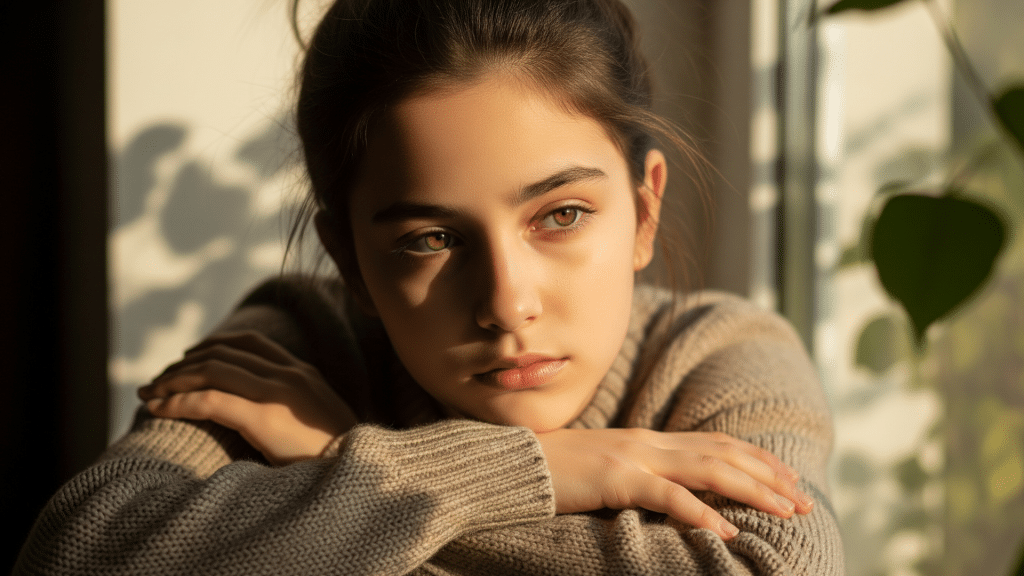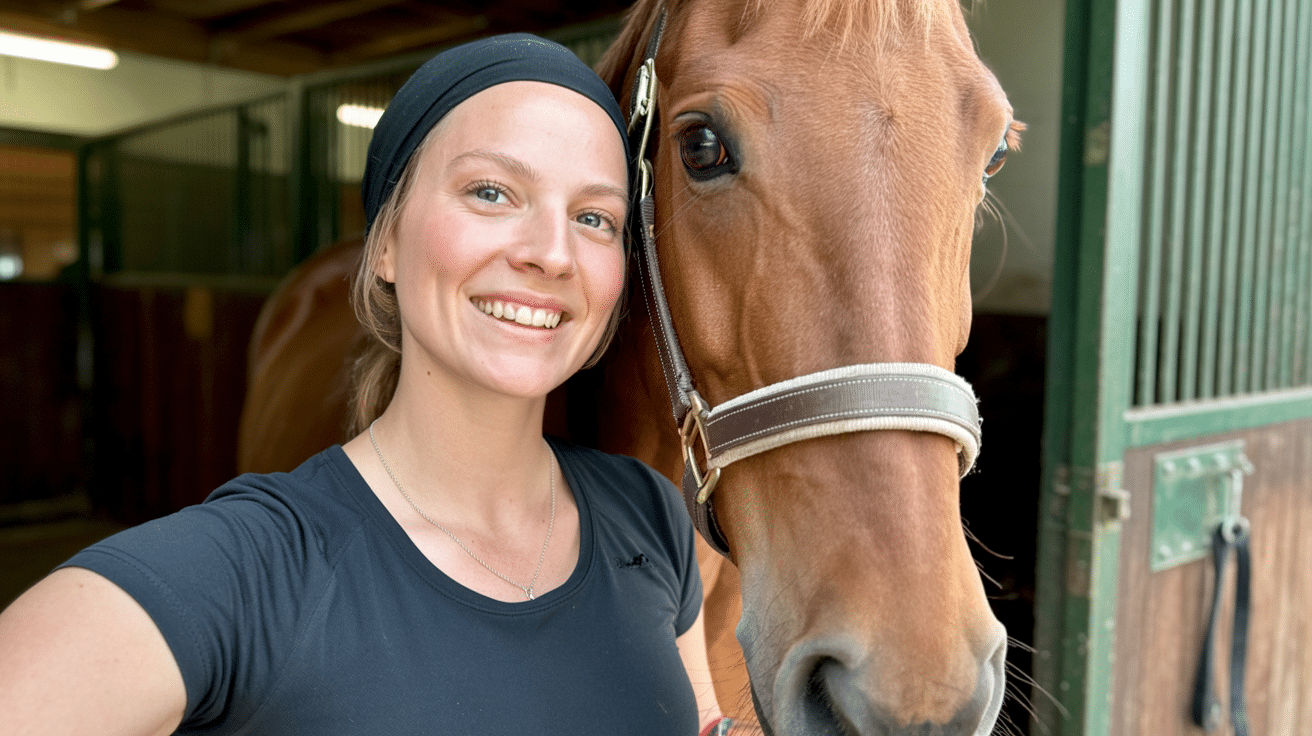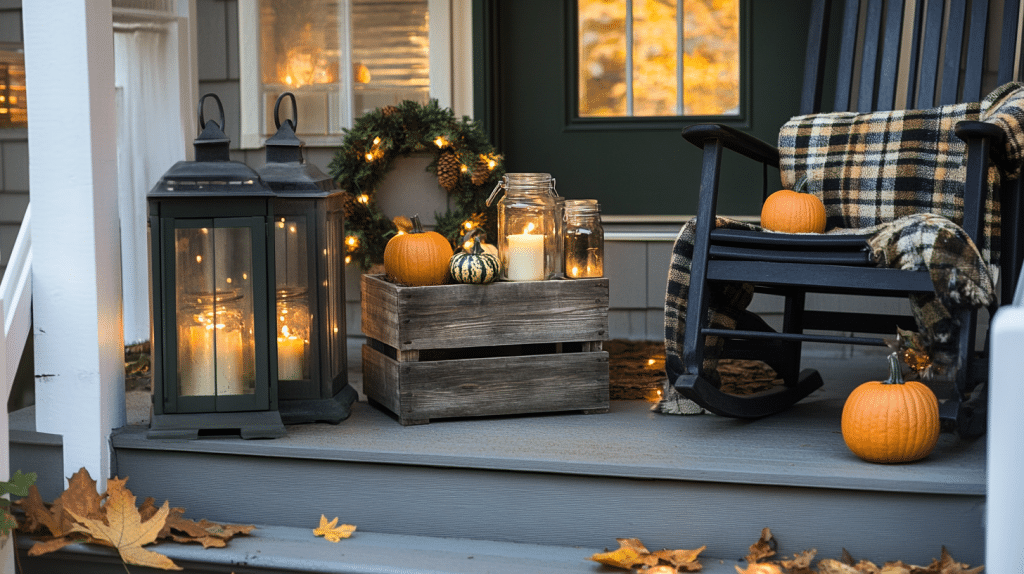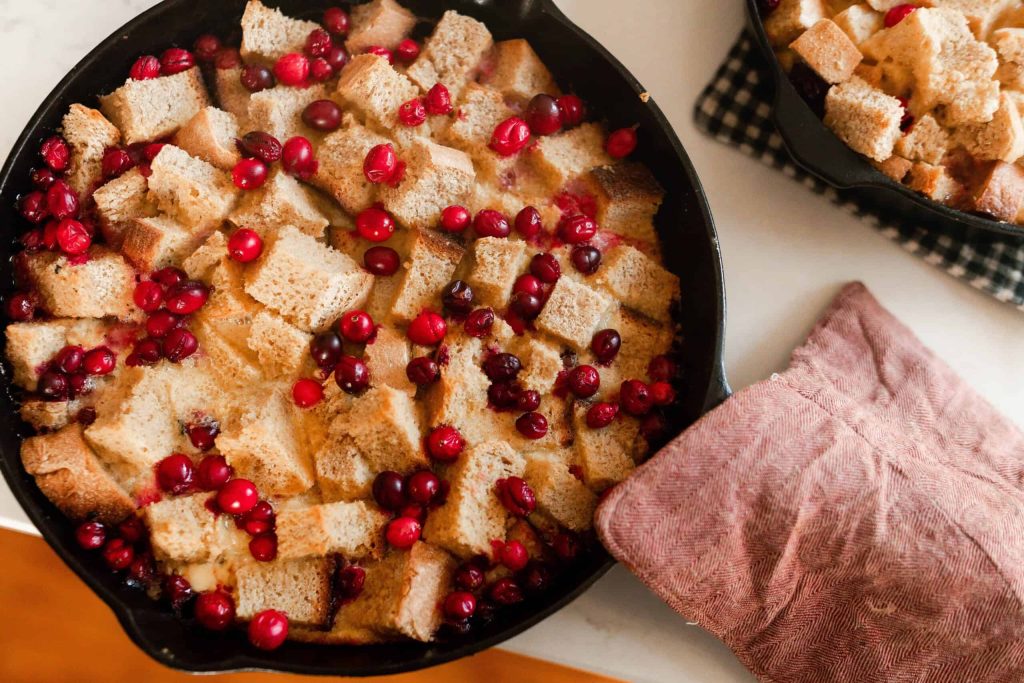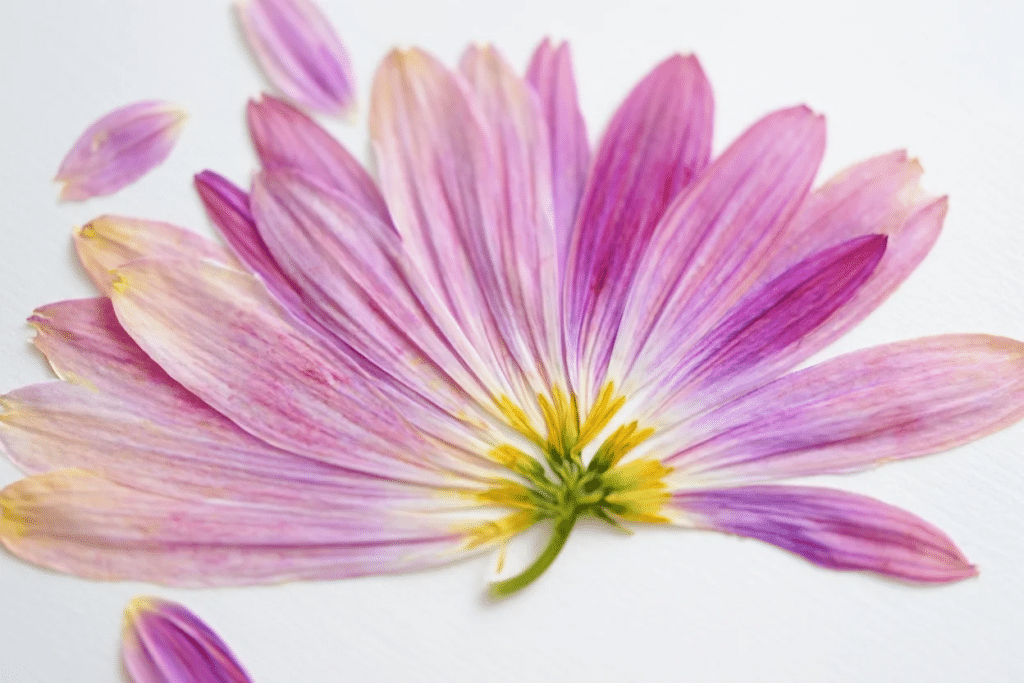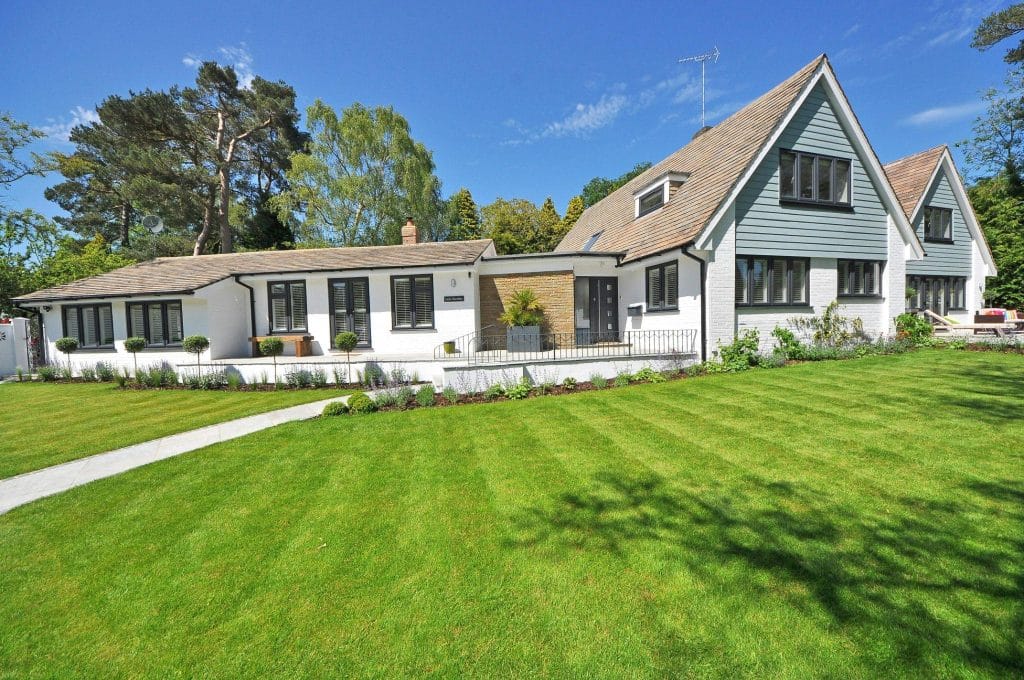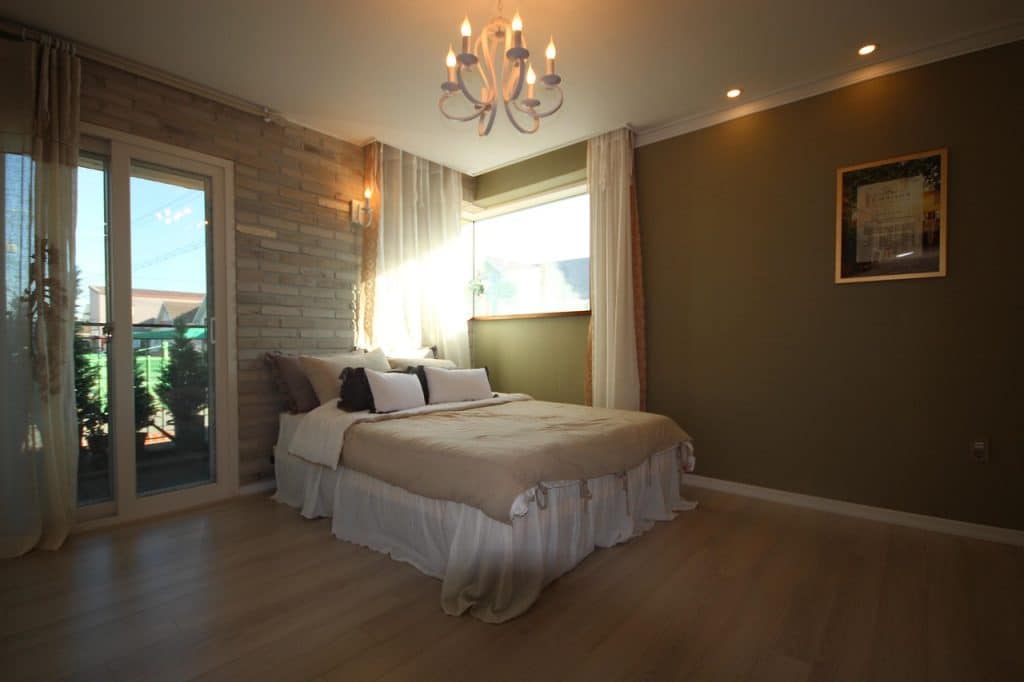I’ve heard people say they can’t figure out their skin tone.
You look in the mirror and see something that’s not quite fair, not quite tan – it’s that beautiful in-between shade called pale olive skin. Many folks struggle to identify this unique complexion.
I’ll show you which ethnicities commonly have pale olive skin and help you understand this fascinating skin tone better. You’ll learn about the science behind it and get tips for makeup and skincare.
What Does Pale Olive Skin Look Like?
Olive skin gets its name from the green olives that have a warm, earthy color with greenish and yellow hints mixed in.
Pale olive skin is the lighter version of this tone. You might have it if your skin looks fair but has subtle warm undertones underneath. It’s like having a light base with a gentle golden or greenish glow.
The key is that the undertones are greenish hints, yellow warmth, and sometimes neutral blends. Fair skin usually has pink undertones. Medium olive shows obvious green-yellow tones. Deeper olive has rich, warm undertones.
Pale olive is trickier. You look fair in winter but glow with warmth in summer. Your veins appear more green than blue. Foundation shopping can be tough when you’re between fair and medium shades.
Ethnicities Commonly Associated With Pale Olive Tones
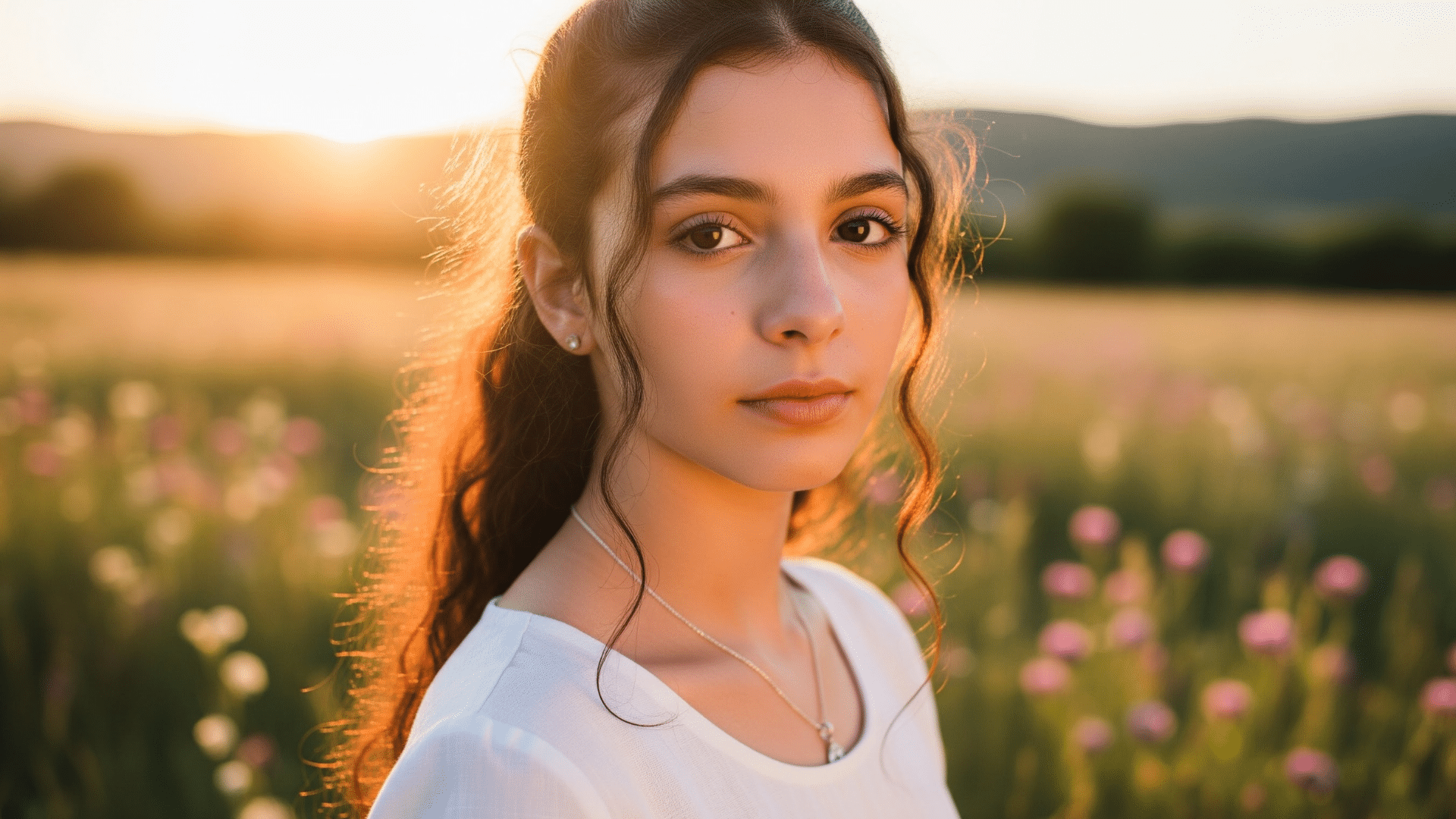
Let me walk you through the main groups where pale olive skin shows up most often.
1. Mediterranean Origins
Southern Italy and Greece lead the pack here. Many families from Sicily, Calabria, and the Greek islands have this beautiful pale olive tone.
It’s passed down through generations of Mediterranean ancestry. You’ll also see it in parts of Spain, especially Andalusia, and southern France near the coast.
These regions had lots of historical mixing. Ancient trade routes brought different peoples together, creating unique genetic combinations that produce pale olive skin today.
2. Middle Eastern Populations
Countries like Lebanon, Syria, and Turkey have lots of people with naturally pale olive skin. The cooler mountain regions seem to produce lighter olive tones. Iran, especially northern areas, and parts of the Levant region show this complexion too.
Armenian and Georgian populations also contribute here. Their mountain climates and genetic history create perfect conditions for pale olive undertones.
3. South Asian
Don’t overlook Northern India and Pakistan. Some groups, especially from the Kashmir, Punjab, and Himachal Pradesh regions, have lighter olive undertones. Afghanistan, particularly areas near the Hindu Kush mountains, also contributes to this skin tone variety.
Pashtun and some Punjabi communities show pale olive skin frequently. The diversity in South Asia means you’ll find many different olive shades within single regions.
4. Eastern European
Here’s where it gets interesting. Balkan countries like Croatia, Montenegro, Albania, and parts of Romania show pale olive skin. This often comes from historical Mediterranean connections and mixed ancestry over centuries.
Bulgarian and some Serbian populations also have this tone, especially those with coastal or southern heritage.
5. Latin American Populations
Mexican and Central American families with Iberian roots frequently have pale olive undertones. The Spanish and Portuguese colonial history created beautiful genetic blends that include this skin tone.
Argentinian and Chilean populations with European Mediterranean ancestry also show pale olive skin. It’s that unique blend of Italian, Spanish, and indigenous heritage that comes together.
Everyday Care and Makeup Tips
Taking care of pale olive skin means understanding its unique needs. Your skin has those beautiful warm undertones, but still needs the right approach to shine.
- Sun Protection is Key: Use SPF 30+ daily. Your skin might tan easily, but it still needs UV protection. Choose broad-spectrum sunscreens that won’t leave white residue.
- Choose Warm-Based Foundations: Skip pink or cool-toned foundations. Look for golden or yellow undertones. Test on your jawline, not your hand.
- Pick Peachy Blush: Coral and peach shades complement your natural warmth. Avoid cool pinks that look harsh against olive undertones.
- Go for Warm Lip Colors: Orange-reds, corals, and warm browns work best. Avoid blue-based reds and cool pinks.
- Adapt to Your Climate: Use lighter moisturizers in humidity, add serums in dry weather. Consistency matters more than expensive products
A routine that focuses on brightness and consistency can make a noticeable difference without the need for complicated or costly products.
Conclusion
You’ve learned about the diverse ethnicities that share this beautiful complexion and how genetics create these unique undertones.
Your skin tone is special, not confusing. Those warm golden-green hints that make foundation shopping tricky are actually what make you stand out. Use this knowledge to choose better products and feel confident about your natural beauty.
Start with one small change, maybe try a coral blush or golden foundation shade.


